Science Results Archive
| Spotlight | Image |
|---|---|
|
SOFIA Cycle 4 Science Program Selections Announced
The SOFIA Science Center announces selection of astrophysics research programs for science flights during the observatory’s fourth annual cycle of operations. These investigations will be conducted from February 2016 through January 2017, including a deployment to the Southern Hemisphere planned for mid-2016. A list of the selected SOFIA Cycle 4 programs is available on the results page . |
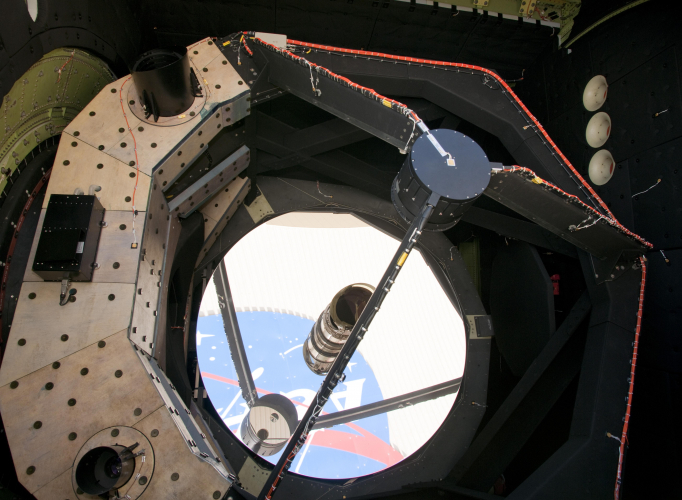
|
|
NASA's SOFIA Observatory Flies Star Trek Icon and Educators on Science Mission
On Sept. 15, five educators participating in NASA’s Airborne Astronomy Ambassadors program, boarded the Stratospheric Observatory for Infrared Astronomy (SOFIA), and boldly went where no ambassadors have gone before – into the stratosphere with Nichelle Nichols, actress, cultural icon, and science advocate. |
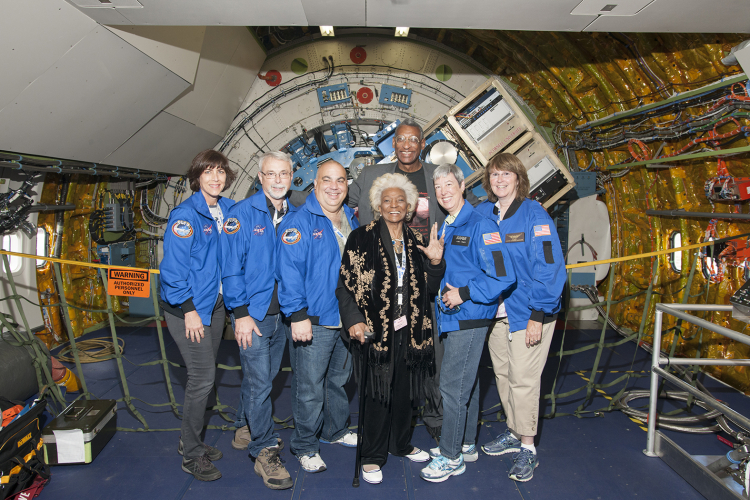
|
|
Water Around the Protostar AFGL 2591
An international team led by scientists at Johns Hopkins University and the University of California at Davis used the EXES high-resolution mid-infrared spectrometer onboard SOFIA to determine the amount and location of water molecules around protostar AFGL 2591. AFGL 2591 is object number 2591 in a catalog of strong infrared sources discovered by a series of small infrared telescopes launched in rockets during the 1960s by the Air Force Geophysical Laboratory. |
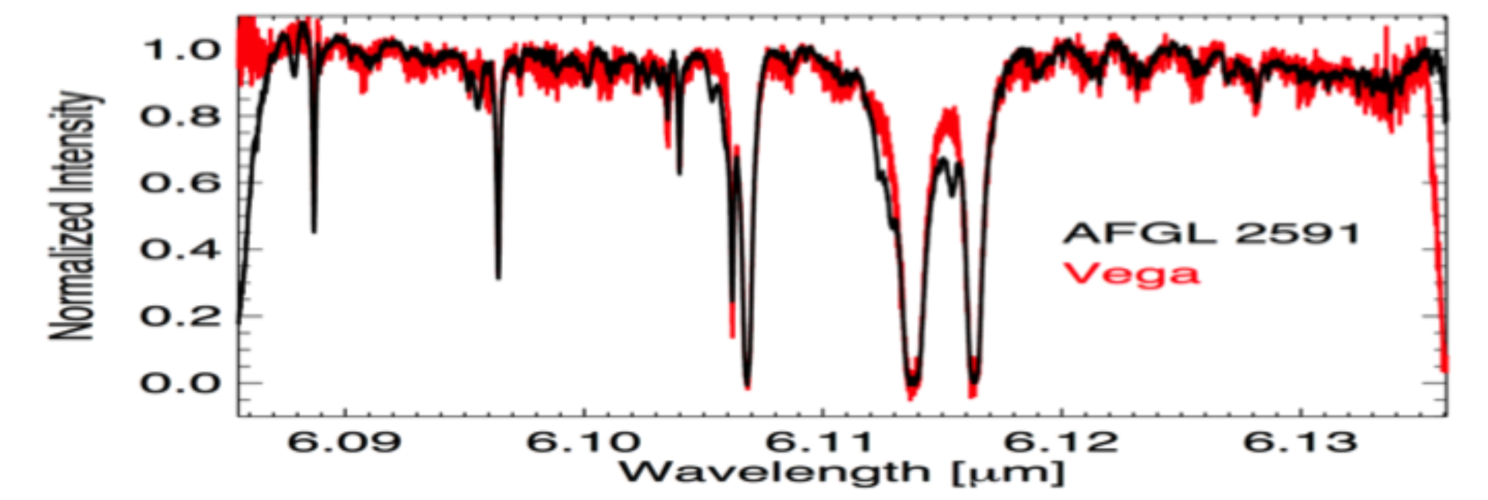
|
|
SOFIA Team Home After Observing the Southern Skies
NASA's Stratospheric Observatory for Infrared Astronomy (SOFIA) has returned from a six-week deployment to study portions of the universe visible only from Earth's Southern Hemisphere. The flying observatory was based at the National Science Foundation's U.S. Antarctic Program facility at Christchurch International Airport from June 15 to July 24. |
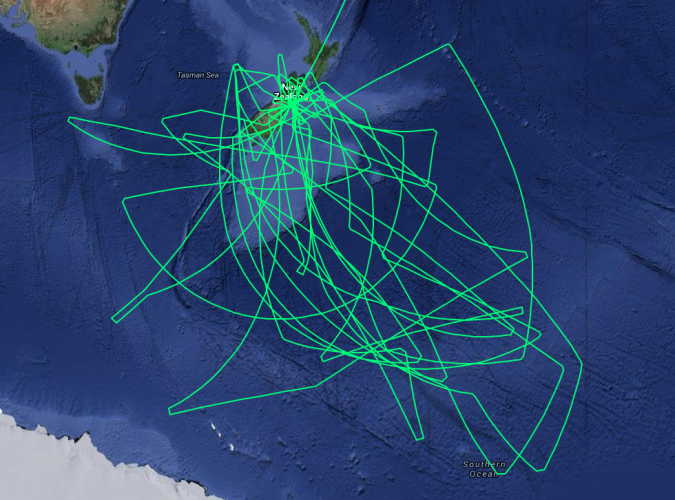
|
|
SOFIA Third Generation Science Instrument Call for Proposals
ROSES-15 Amendment 23: Program Element D.12
|
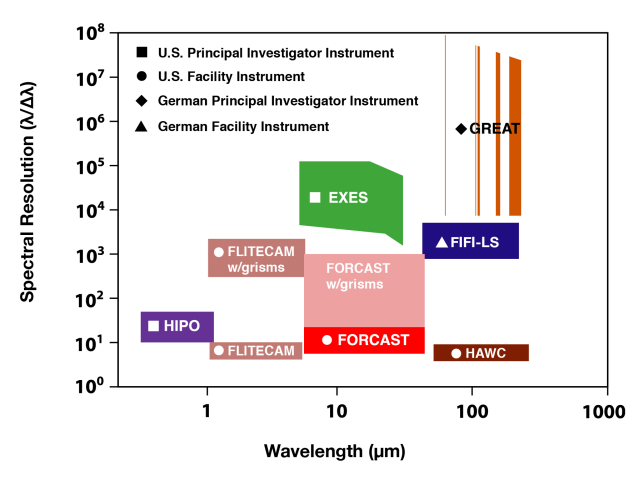
|
|
SOFIA Observes Extrasolar Planet HD 189733b
The first observations of an extrasolar planet by NASA’s SOFIA (Stratospheric Observatory for Infrared Astronomy) are reported in a paper published online on July 8 in the Journal of Astronomical Telescopes, Instruments, and Systems (JATIS) by Daniel Angerhausen (NASA Goddard Space Flight Center and Rensselaer Polytechnic Institute) and collaborators. |
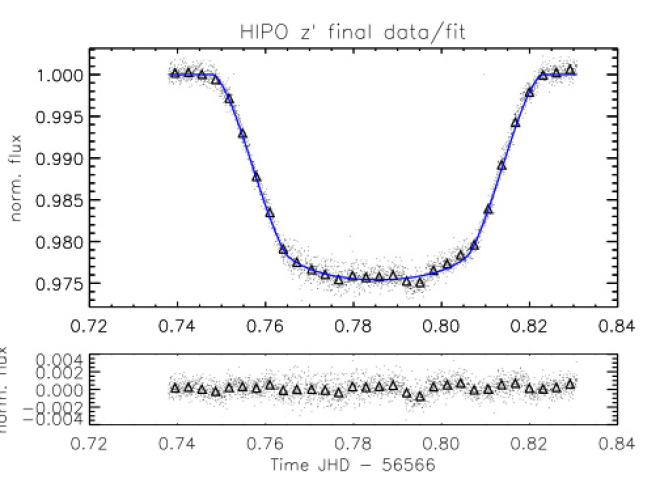
|
|
SOFIA in the Right Place at the Right Time for Pluto Observations
In a special celestial event visible only from the Southern Hemisphere, Pluto passed directly between a distant star and the Earth on the morning of June 30, New Zealand time (June 29 in the U.S.). As the dwarf planet and its atmosphere were backlit by the star, this “occultation” caused a faint shadow of Pluto to move across the surface of Earth at more than 53,000 mph, creating a ripe opportunity to perform scientific analysis – if instruments and observers could be in the right place at the right time. |

|
|
SOFIA Begins 2015 Southern Hemisphere Science Flights
NASA's Stratospheric Observatory for Infrared Astronomy, SOFIA, departed from Christchurch, New Zealand at 6:20 pm local time June 19 for the first of 15 planned Southern Hemisphere deployment science flights. For the next five weeks SOFIA will operate from the U.S. National Science Foundation’s Antarctic Program facility at Christchurch International Airport. Flying out of New Zealand enables SOFIA to study celestial objects that are more easily observed, or can only be observed, from southern latitudes. |

|
|
Upgraded Far-Infrared Spectrometer Enhances SOFIA's Capabilities
The German Receiver for Astronomy at Terahertz Frequencies (GREAT) has undergone a transformation. The far-infrared spectrometer was upgraded from one to 14 detectors and was renamed "upGREAT." The addition of the new detectors has improved the instrument's sensitivity by 30 percent. Read more . |

|
|
NASA’s SOFIA Finds Missing Link Between Supernovae and Planet Formation
Using NASA's Stratospheric Observatory for Infrared Astronomy (SOFIA), an international scientific team discovered that supernovae are capable of producing a substantial amount of the material from which planets like Earth can form. These findings are published in the March 19 online issue of Science magazine. "Our observations reveal a particular cloud produced by a supernova explosion 10,000 years ago contains enough dust to make 7,000 Earths," said Ryan Lau of Cornell University in Ithaca, New York. |

|
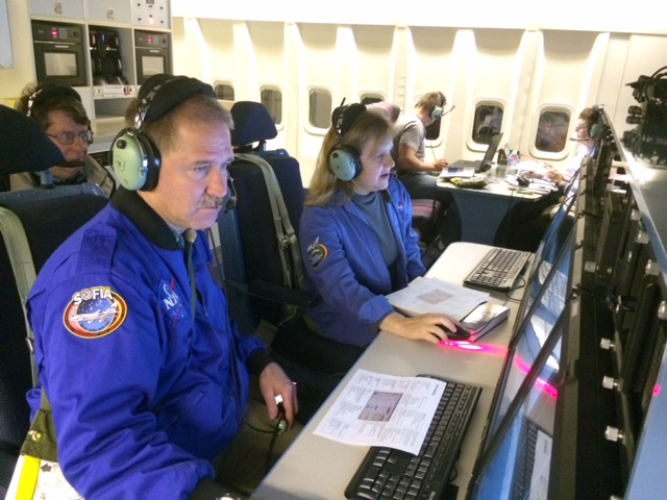
|
|
|
NASA Educator Professional Development Program Will Fly Again in 2015
Working to expand professional development opportunities for science educators across the United States, NASA's Stratospheric Observatory for Infrared Astronomy program, known as SOFIA, has selected 14 two-person teams for its 2015 Airborne Astronomy Ambassadors. The flying observatory is a highly modified Boeing 747SP jetliner carrying a 100-inch (2.5-meter) effective diameter telescope. Fitted with instruments that collect data at infrared wavelengths, SOFIA flies at altitudes between 39,000 and 45,000 feet (12-14 kilometers) on 10-hour overnight science missions. |
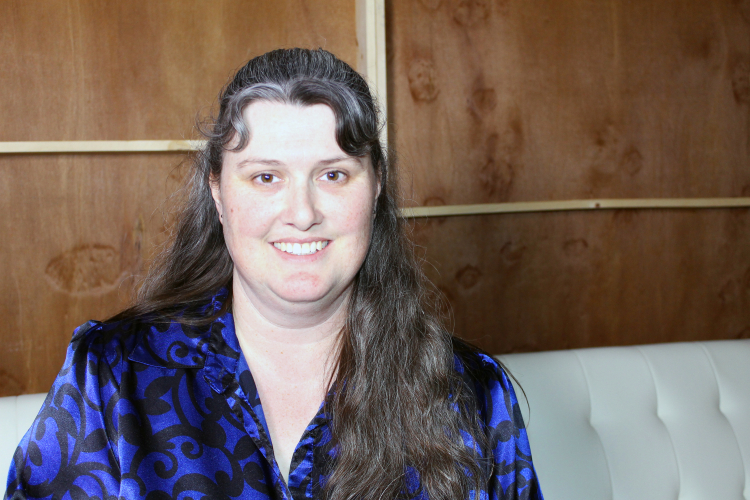
|
|
SOFIA Airborne Astronomy Ambassador presents Tedx Talk
SOFIA Airborne Astronomy Ambassador (AAA) Jean Creighton discusses her path to astronomy and the SOFIA AAA program in this Tedx lecture at the University Wisconsin Milwaukee. Creighton was one of 24 selected educators to fly on SOFIA in 2014. She and the other educators are bringing the experience back to their classrooms and communities to promote science literacy. Click on the video below to view the lecture, or view it on YouTube . |
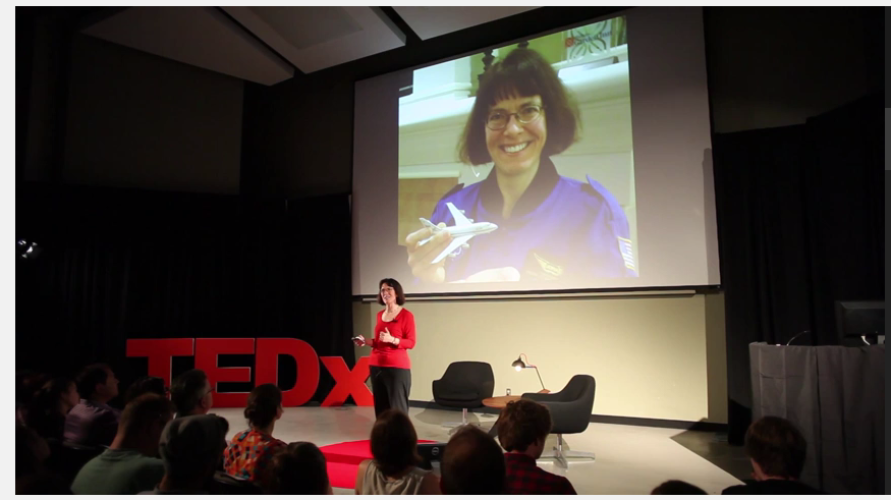
|
|
The Galaxy's Central Molecular Zone
SOFIA measurements of ionized carbon and nitrogen gas at the edge of the Central Molecular Zone (CMZ) of the Milky Way were made with the GREAT far-IR heterodyne spectrometer (P.I. Rolf Güsten, MPIfR) as a part of SOFIA’s Guest Investigator program. The observations were made over the course of several nights in July 2013 during SOFIA’s first Southern Hemisphere deployment. The CMZ is a 400 pc x 80 pc region around the galactic center containing 10 million solar masses of giant molecular clouds, many regions of active star formation, and frequent supernova explosions. |
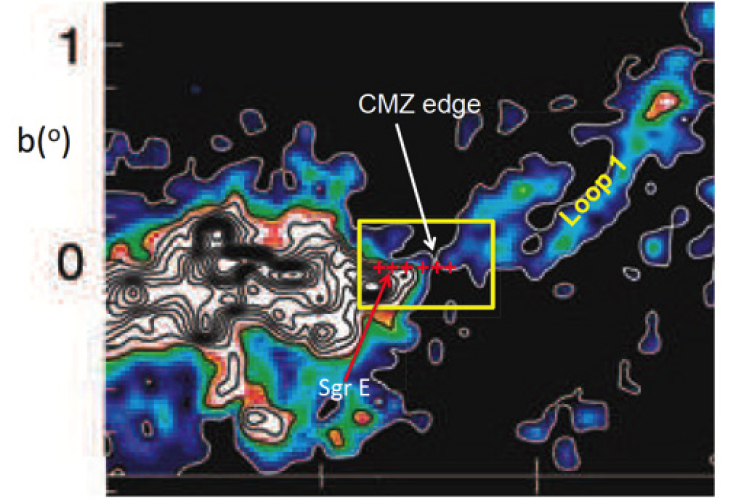
|
|
NASA's Airborne Observatory Begins 2015 Science Campaign
The Stratospheric Observatory for Infrared Astronomy, or SOFIA, Program began its third season of science flights on Jan. 13, 2015. SOFIA is NASA's next generation flying observatory and is fitted with a 2.5-meter (100-inch) diameter telescope that studies the universe at infrared wavelengths. |
|
|
SOFIA returns home after Heavy Maintenance Visit to Germany
SOFIA landed at its operations base in Palmdale, Calif. at 3:20 p.m. local time, Sunday, Dec. 14, after a five-month heavy maintenance visit to the Lufthansa Technik facility in Hamburg, Germany. The German Aerospace Center (DLR)'s (English version) web feature regarding SOFIA's departure from Hamburg on December 14, plus the farewell-to-SOFIA media event held November 21 in Hamburg that included speeches by NASA officials, can be viewed here . |

|
|
German SOFIA Institute at the University of Stuttgart Celebrates 10th Anniversary Stuttgart’s Eye into the Universe
On Nov. 25, 2014, the German SOFIA Institute (DSI) at the University of Stuttgart, celebrated its 10th anniversary with project partners, academic collaborators, and friends. The DSI was formed to support the development and operation of the Stratospheric Observatory for Infrared Astronomy (SOFIA), a joint project of NASA and the German Aerospace Center (DLR). |
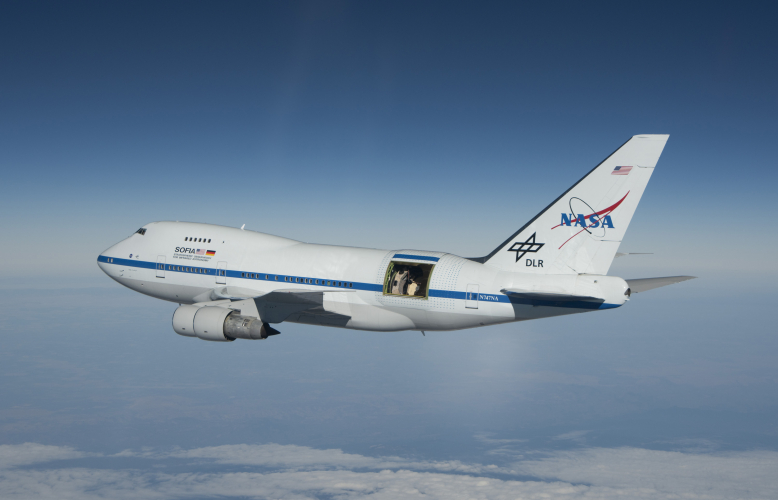
|
|
SOFIA's Heavy Maintenance Visit Progresses
Click the movie below to view a time-lapse video of SOFIA's third month of maintenance (September 2014) at the Lufthansa Technik facility in Hamburg, Germany. In September, Lufthansa Technik engineers continued inspection of the aircraft including maintenance on the engine pylons and re-installation of the displays in the on-board consoles, while staff from the University of Stuttgart's German SOFIA Institute continued maintenance on the telescope assembly. SOFIA is expected to return to the U.S. in December and resume science flights in January 2015. |

|
|
Nature paper published including SOFIA/GREAT results
An international scientific team led by scientists at the University of Cologne, Germany, applied a new method of age determination to a combination of data from SOFIA and other observatories to make a surprising discovery: The star forming cloud IRAS 16293-2422, located at a distance of about 400 light years in the direction of the constellation Ophiuchus, is at least 1 million years old, yet it is still making sun-like stars. |
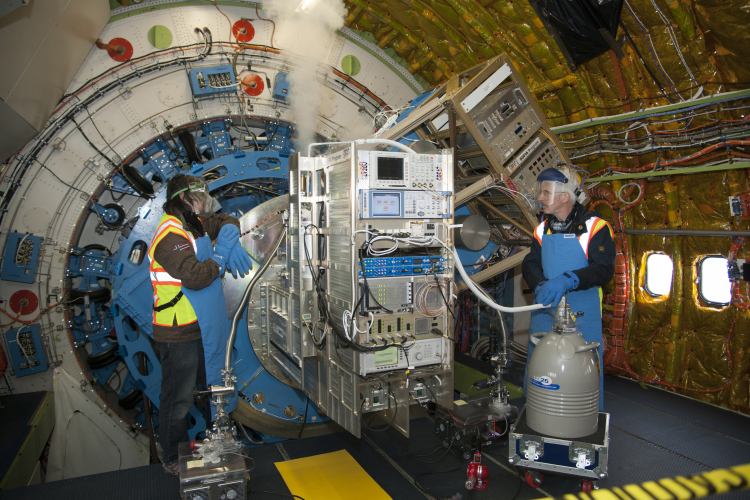
|
|
Ionized Carbon at the Center of Galaxy IC 342
SOFIA made observations of ionized carbon (CII) at the center of IC 342 galaxy using the GREAT (German REceiver for Astronomy at Terahertz frequencies) far-IR spectrometer in September 2011 as part of the mission’s Early Science program. |
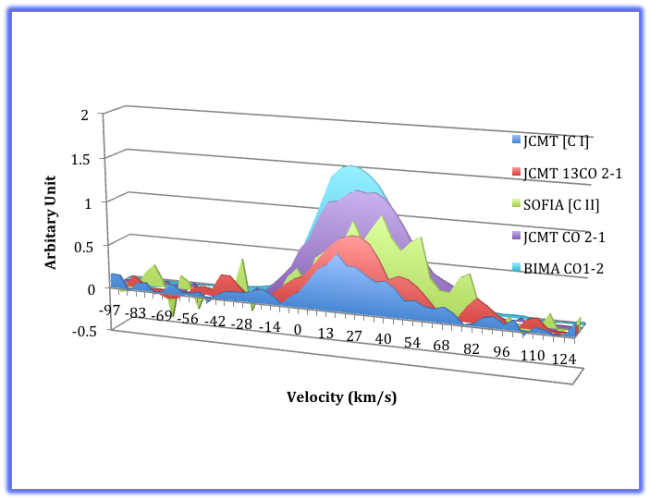
|